Project News ·
New grazing system builds resilience at White Kangaroo Station
Landholders are using grazing strategies to improve land condition, drought proof their properties and reduce sediment runoff for a healthy Great Barrier Reef.
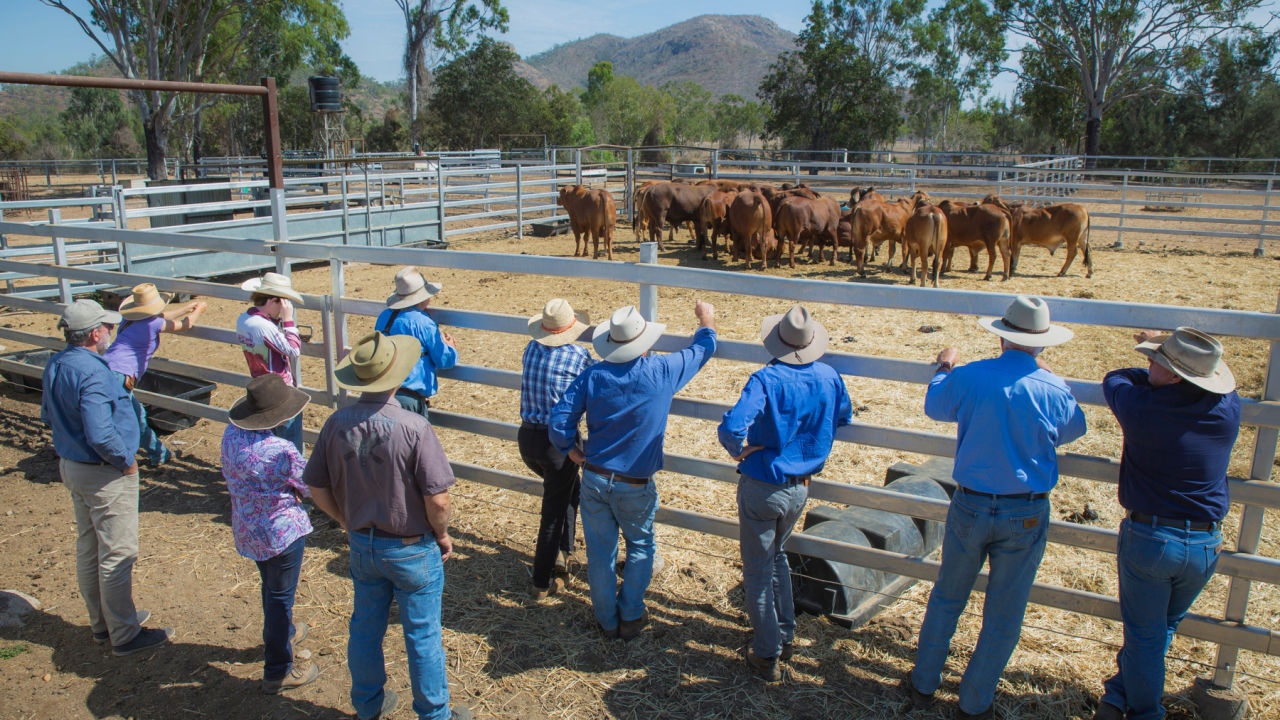
Much of the sediment that is delivered to the Reef is the result of erosion on the mainland. Sediment flows into local waterways as runoff, usually during the wet season when heavy rain and flooding occur. This sediment which plumes out from river catchments is dispersed and hangs in the water column. The increased turbidity makes it harder for sunlight to reach coral and marine ecosystems that depend on it for survival.
Thanks to funding through the partnership between the Australian Government’s Reef Trust and the Great Barrier Reef Foundation, NQ Dry Tropics is supporting landholders to build resilience into their landscapes to reduce sediment losses from their properties through their Landholders Driving Change project.
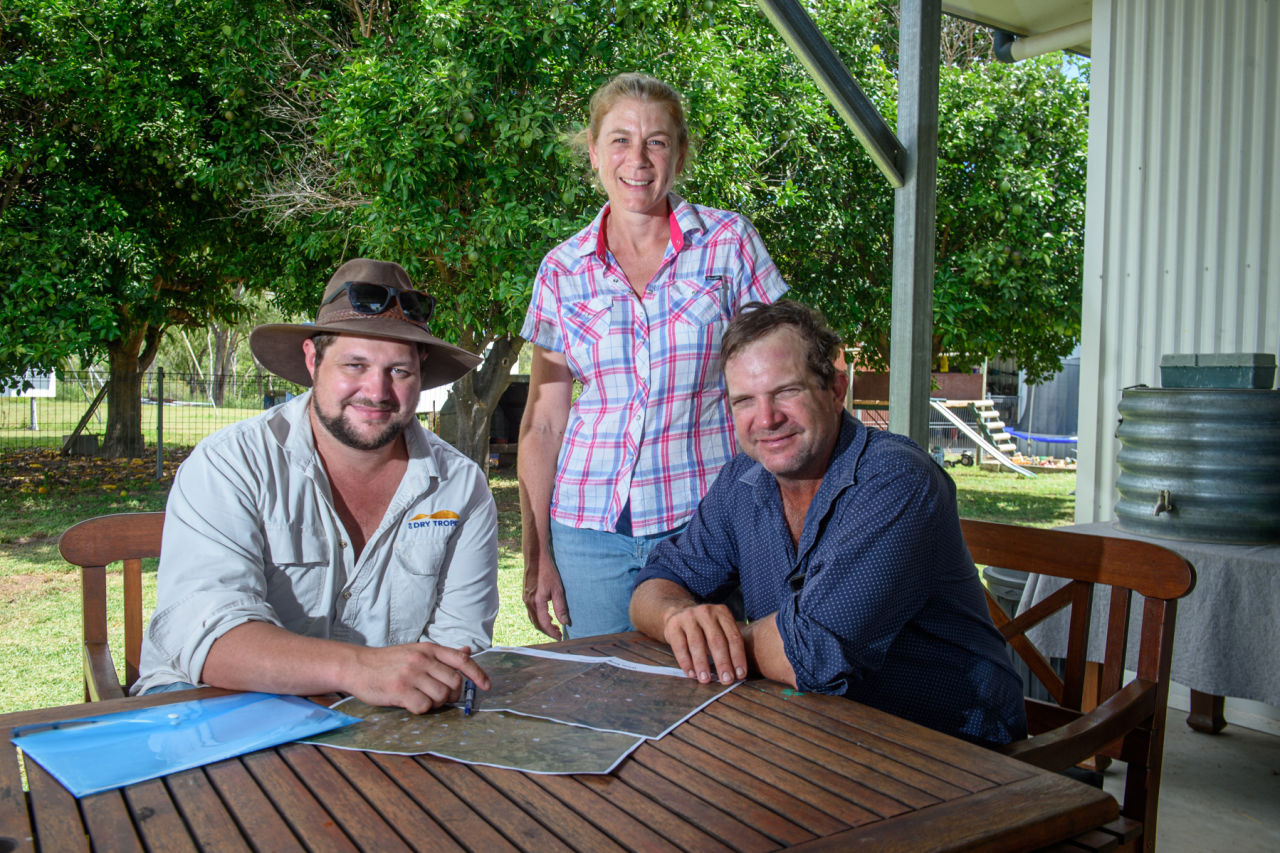
Graziers Bree and John Skinner, of White Kangaroo, pictured with NQ Dry Tropics Grazing Field Officer Brad Martin, checking an updated property map following infrastructure upgrades.
John and Bree Skinner of White Kangaroo Station are focusing on the long-term health of their country when making management decisions. They believe that landscape regeneration is the key to increasing sustainable beef production while reducing their exposure to drought and variable seasons on their 5,000 ha property located in between Bowen and Collinsville.
Through this project, the Skinners have accessed resources and technical expertise to fast-track their plans to build a more resilient landscape and grazing enterprise. The Skinners have installed infrastructure—fencing and water—to enable grazing rotation to increase rest periods for pasture, encouraging the recovery of perennial, productive and palatable grasses (3P) to improve soil health and minimise runoff and erosion.
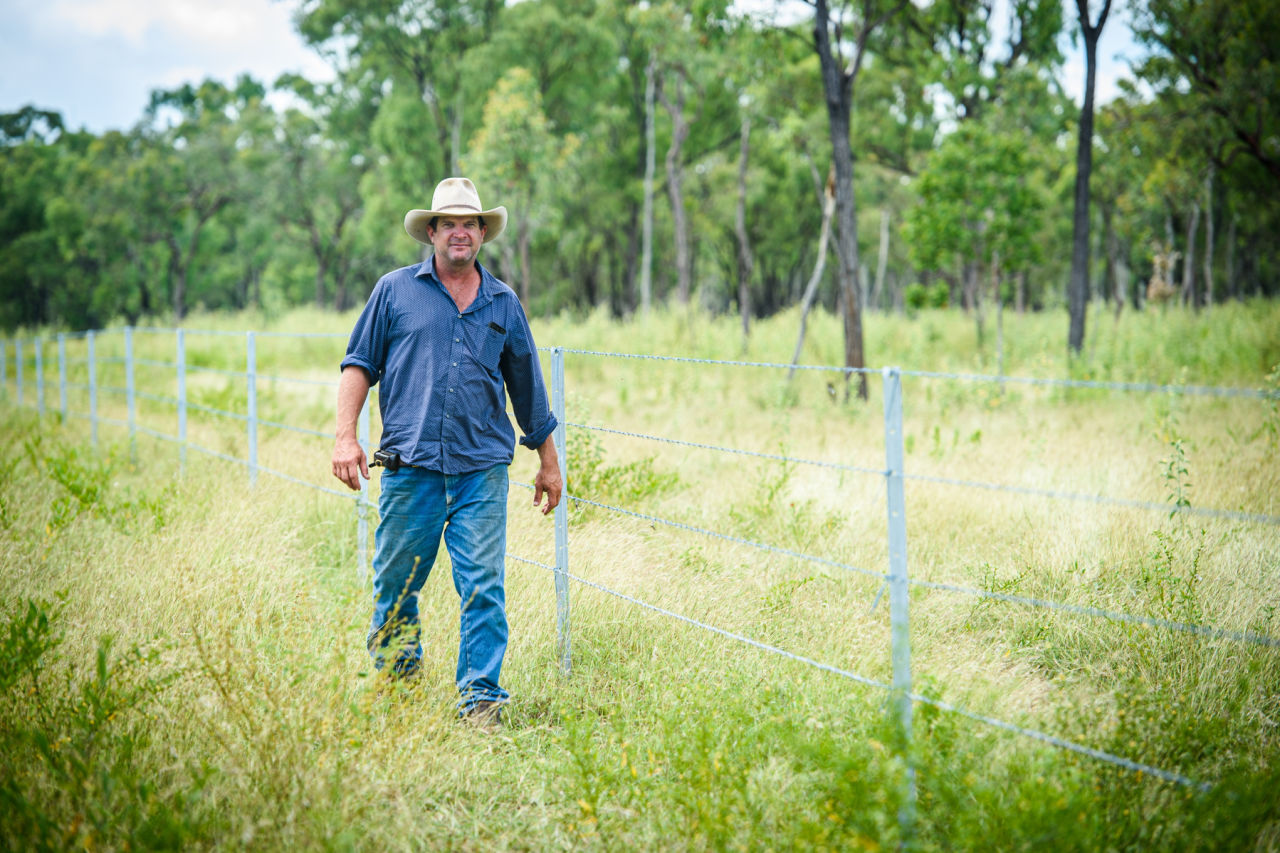
John Skinner, of White Kangaroo checks the fence that split a large paddock into two 12-months ago to better manage grazing pressure.
In a rotational grazing system, cattle are rotated through a series of paddocks. A paddock is grazed for a period of time and is then rested (spelled) while cattle are moved through all of the other paddocks in the series. The aim is to graze plants intensively at the most nutritious stage in their growth cycle while allowing species to continue to thrive by providing adequate rest time between grazing events.
Mr Skinner said the new grazing system was the single biggest change to overall herd and pasture management they have made.
“Historically, continuous grazing [where paddocks are rarely rested] put pressure on preferred grasses [3P] which meant the more productive parts of the paddocks were left short leading into the dry season,” he said.
“Twelve months ago, splitting a 2,500 ha paddock into two meant we were able to introduce rotational grazing and wet season spelling to rest country.
“It wasn’t until the breeders were moved from the sweet [3P grasses] country on the flats, which they favoured, did we realise how short parts of the paddock were left leading into summer [in a continuous grazing system].
“We now have better control over that pasture and can reduce grazing pressure to allow it to regenerate. It also makes mustering easier.”
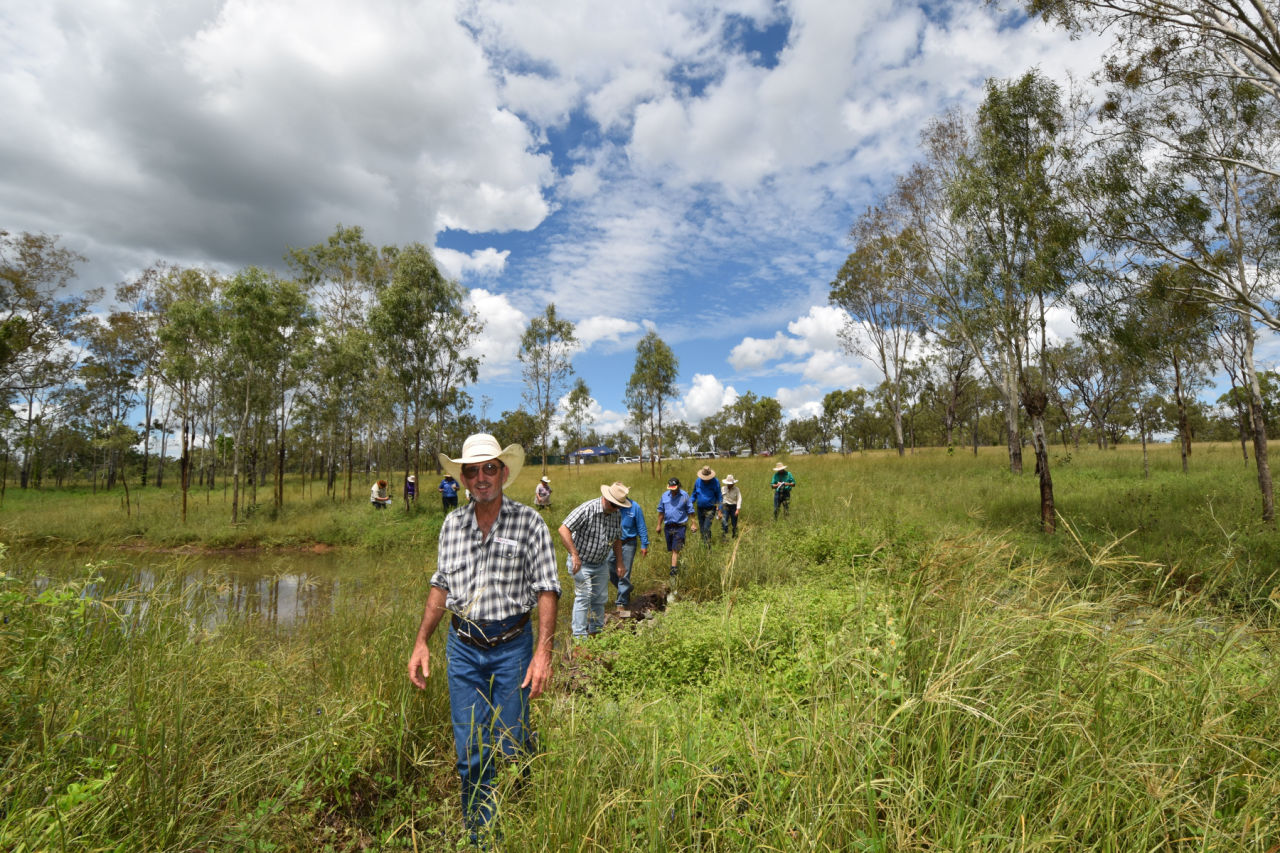
Funded by the Reef Trust Partnership, ecologist and botanist Dr Greg Calvert provided knowledge and support to help landholders identify grass species on their local patch.
A reliable water supply in paddocks has also been an ongoing challenge. When the Skinners moved to White Kangaroo in 2017, there was only one working bore and two dams.
There are now three dams and five bores, ensuring water supply through dry periods and providing options to move cattle around, and spell areas.
“The project helped us equip an existing bore with a solar pump that provides water to several paddocks. This is helping enormously,” said Mr Skinner.
The reticulation system provides stock water to the entire north end of the property and will reliably handle the planned larger mob sizes.
“Getting the right infrastructure in place is important. We’ve got plans to increase the number of paddocks and to use larger mobs of cattle grazing smaller paddocks in rotation, giving them longer to rest which will eventually allow us to increase carrying capacity,” said Mr Skinner.
“We want to use spelling to improve the bulk and composition of pastures and to improve land condition.”
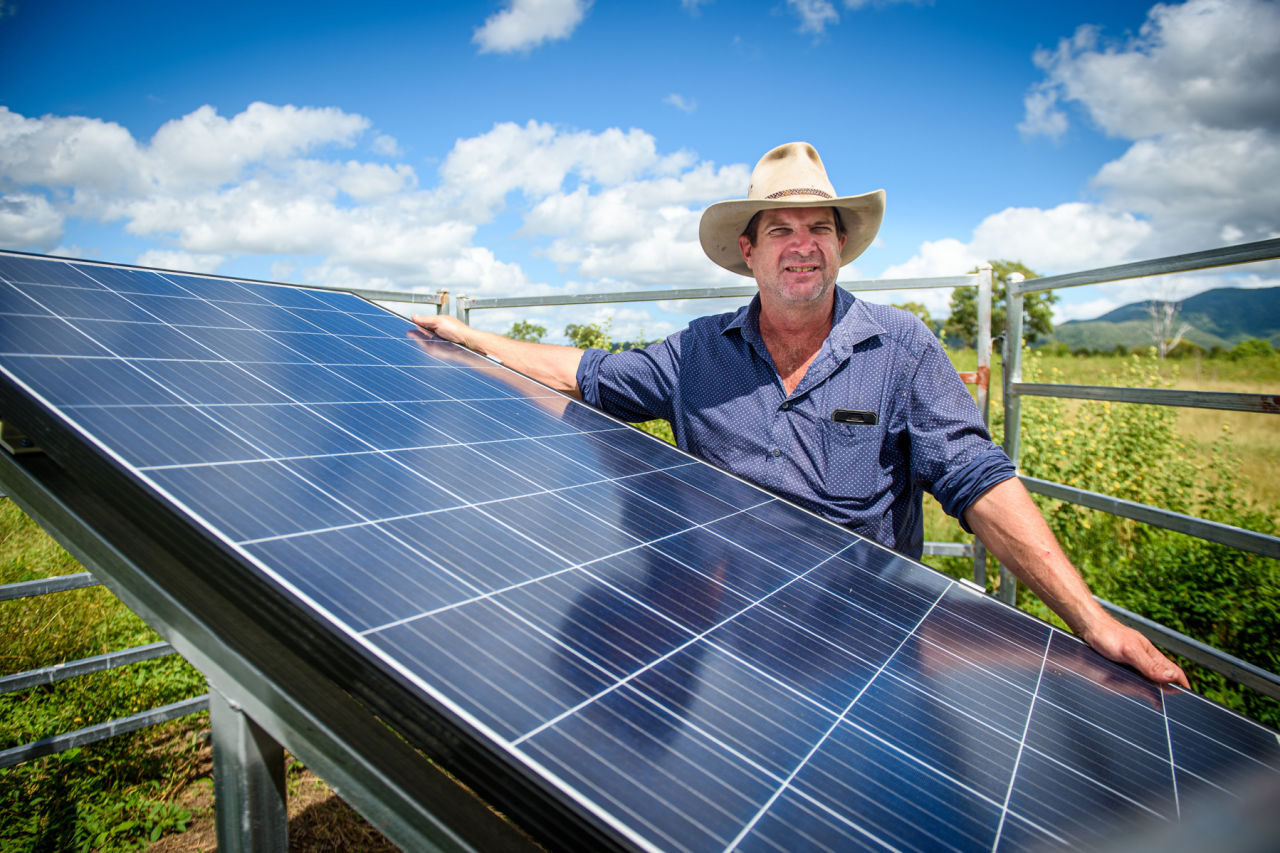
John Skinner, of White Kangaroo, says equipping an existing bore with a solar pump has provided water to several paddocks, and will reliably handle the planned larger mob sizes.
White Kangaroo is one of 29 properties in the high-priority Bowen, Broken, Bogie catchment currently participating in activities that reduce sediment losses from their properties. These grazing land management actions will improve land management, productivity and water quality across 73,923 ha.
Actions include fencing for improved stock control, riparian fencing to exclude cattle from fragile areas, installation of water troughs, tanks and pipelines to improve water distribution and spread grazing pressure, and the remediation of small-scale gullies.
This work is being supported through the NQ Dry Tropics Landholders Driving Change project funded through the partnership between the Australian Government’s Reef Trust and the Great Barrier Reef Foundation.
#Related
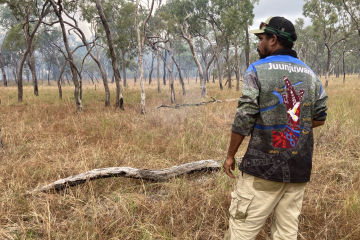
Project News ·
Community at the forefront of Reef water quality protection

Project News ·


